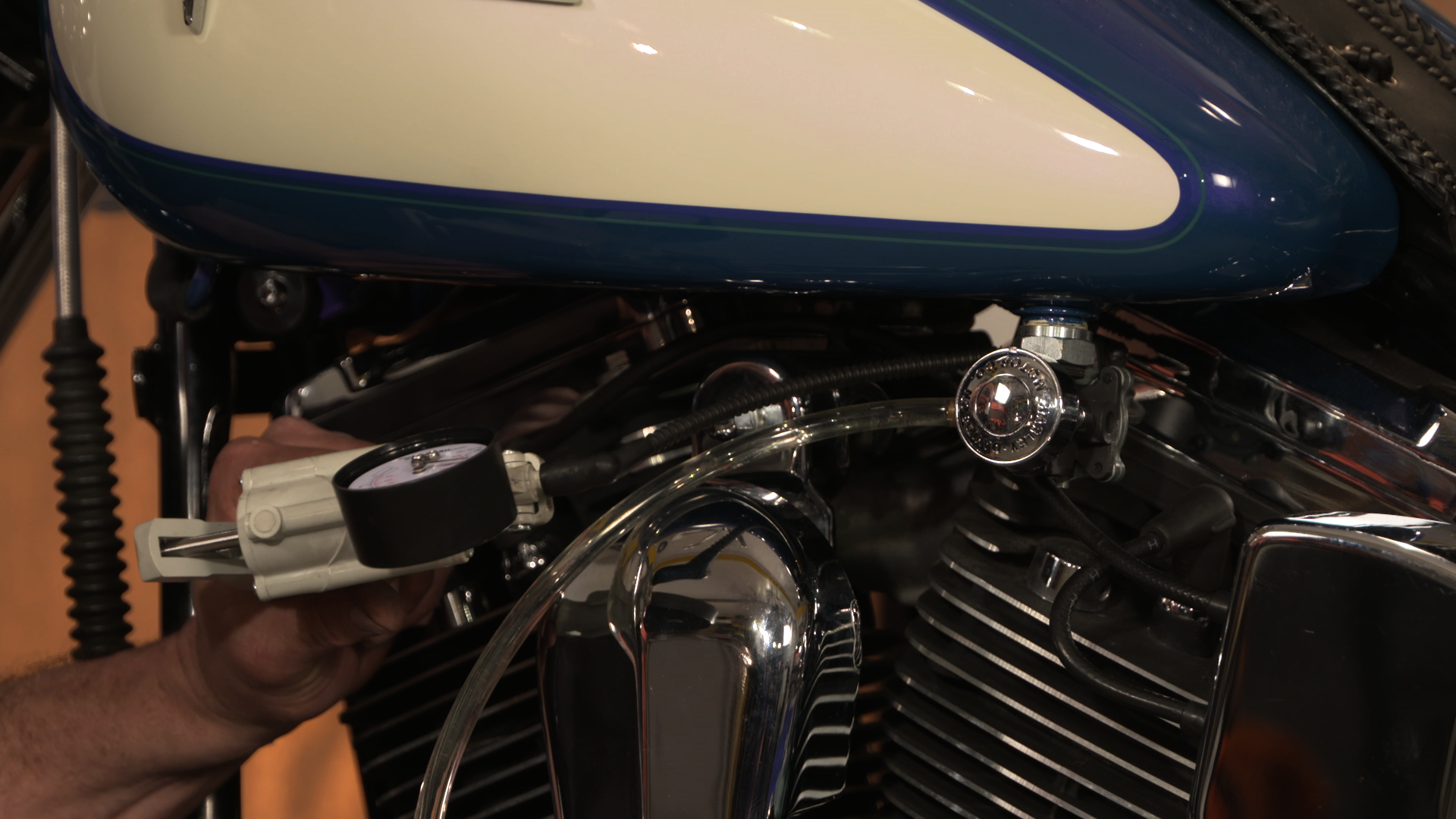Have you ever found yourself in a predicament where you need to drain fuel from a petrol tank? Perhaps you’ve decided to store your motorcycle for the winter, or maybe you’re experiencing some fuel-related problems. Whatever the reason, draining a fuel tank safely is a vital skill for any motorbike or small engine enthusiast. It’s not just about siphoning out a few gallons; it requires careful planning and execution to prevent mishaps. So, let’s embark on this journey of fuel draining, shall we?
Before we dive into the “how” of fuel draining, it’s essential to understand why one might need to do this. Fuel may degrade over time, particularly if it’s left sitting in your tank for extended periods. The components within modern fuels can deteriorate, leading to clogs and engine issues. Furthermore, draining fuel is often part of a routine maintenance schedule, especially in colder climates where condensation can accumulate and lead to corrosion.
Now, you might be wondering, “What’s the challenge here?” Not only do you have to manage potentially hazardous materials, but you must also ensure that you perform this task without spilling fuel everywhere or hurting yourself in the process. With that in mind, let’s explore a comprehensive approach to safely draining a petrol tank.
Gather Your Tools and Materials
Before you get started, assemble the necessary tools. You’ll need:
- A suitable container to collect old fuel. Make sure it’s gasoline-rated and large enough to hold the total volume of fuel you plan to drain.
- A siphoning pump or a fuel transfer pump. While a simple siphon may seem like an easy solution, an electric pump can offer greater control and efficiency.
- Screwdrivers and wrenches that fit the clamps on your fuel lines. This will depend on the make and model of the vehicle.
- A pair of safety goggles and gloves. Safety first!
With your tools in hand, ensure you are working in a well-ventilated area. Fuel vapors can be harmful, and an open space will help disperse any potentially dangerous fumes.
Preparing for Draining
Begin by ensuring that your engine is cool. This is a critical step because hot engines can cause the fuel to vaporize and potentially ignite. Disconnect the fuel pump relay or fuse—this prevents any unintended activation of the fuel pump while you’re working. Some vehicles may have a dedicated fuel shut-off valve; it’s worth checking your manual to see if that applies to your model.
Next, position your container nearby, ready to catch the fuel. If you’re using a siphon pump, place one end of the hose in the fuel tank and the other end in the container. With a manual siphon, you may need to create suction to get the process started. However, with a dedicated fuel pump, you can simply switch it on and let it do the work.
Draining the Fuel
As the fuel begins to flow, keep an eye on both the level in your tank and the container. Don’t allow the container to overflow; it’s better to have several smaller containers than risk a spillage. If you’re doing this manually and find it challenging, consider asking a friend for assistance—having someone nearby can add an extra layer of safety.
If you’re working with a motorcycle or small engine, you may encounter a fuel line that needs to be disconnected. Use your tools to carefully detach the line from the tank outlet, allowing gravity to assist in the draining process. Some fuel tanks will have a drain plug at the bottom, which can make your life easier. If your tank has one, locate it and use a wrench to gently open it up, letting the fuel seep out into your prepared container.
Final Steps and Clean-Up
Once the tank is sufficiently drained, safely dispose of the old fuel according to your local regulations. Many recycling centers accept old gasoline, or you can find services that help you dispose of it safely. Never, under any circumstances, pour it down the drain or onto the ground.
After disposing of the fuel, take a moment to clean any tools and surfaces that may have come into contact with fuel. Use a solvent or a degreaser to ensure no residues remain. This step not only keeps your workspace clean but minimizes fire hazards and contamination.
Post-Draining Checks
After you’ve executed the draining, it’s good practice to check the integrity of the fuel lines and any components you interacted with. Look for any deterioration, cracks, or leaks that could pose problems down the line. If you’re preparing to store your vehicle, consider adding a fuel stabilizer to your fresh fuel, protecting it over periods of inactivity.
In conclusion, draining a petrol tank may seem daunting, but it’s an achievable task with the right preparation and precautions. Armed with knowledge and the proper tools, you can tackle this challenge head-on. So, are you ready to give it a try? Remember, safety first!
